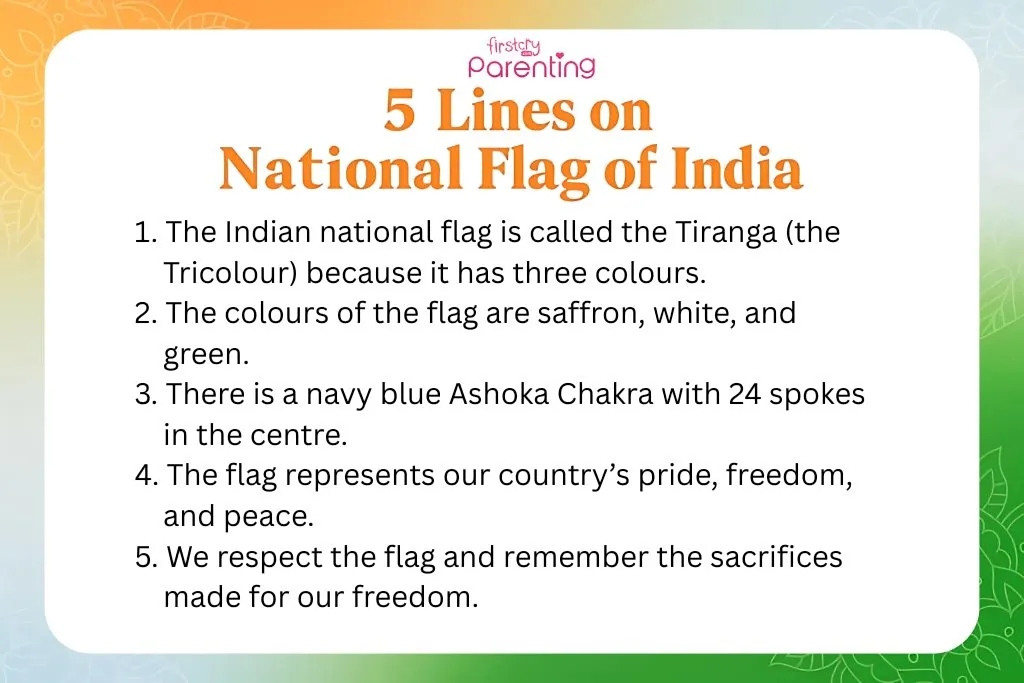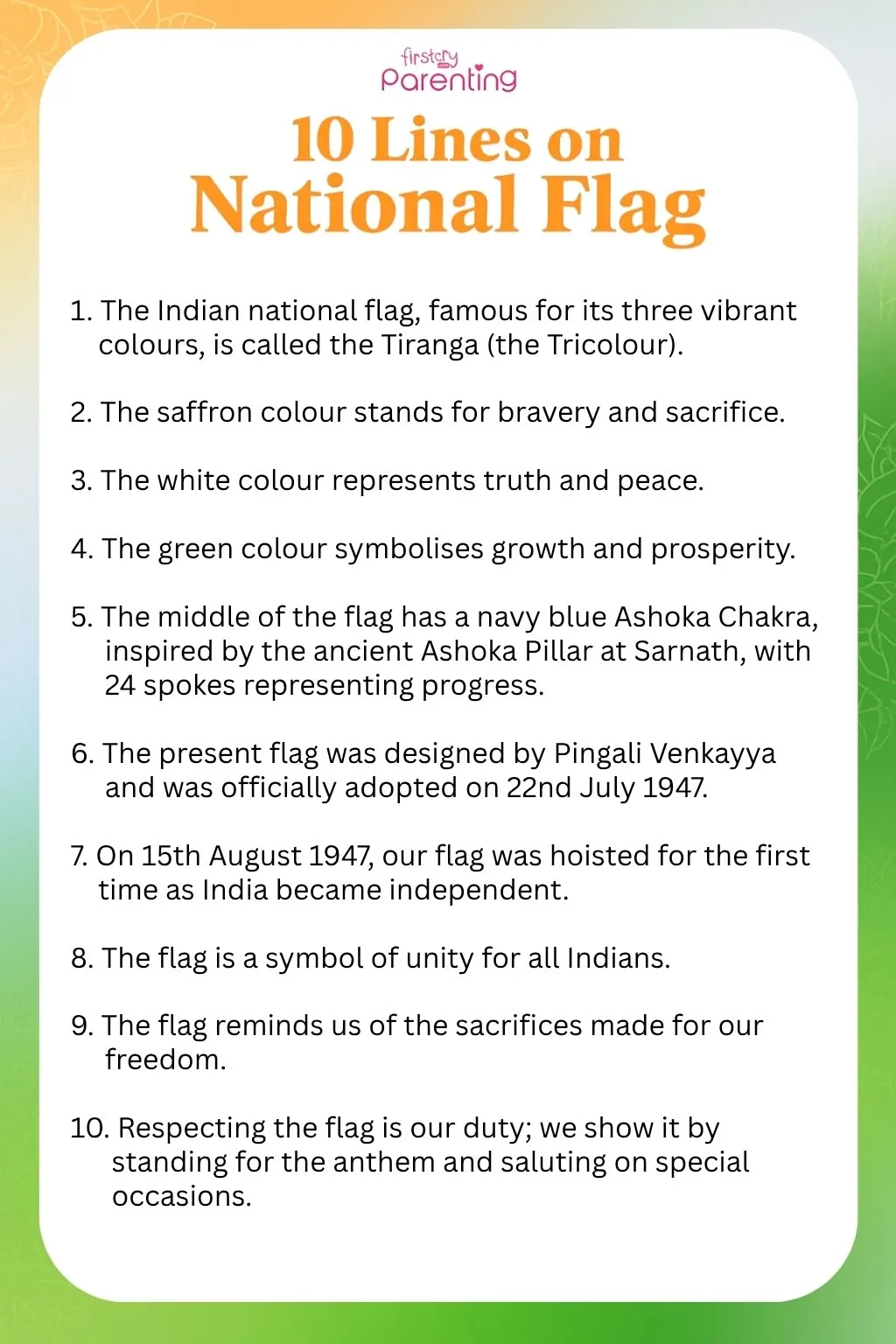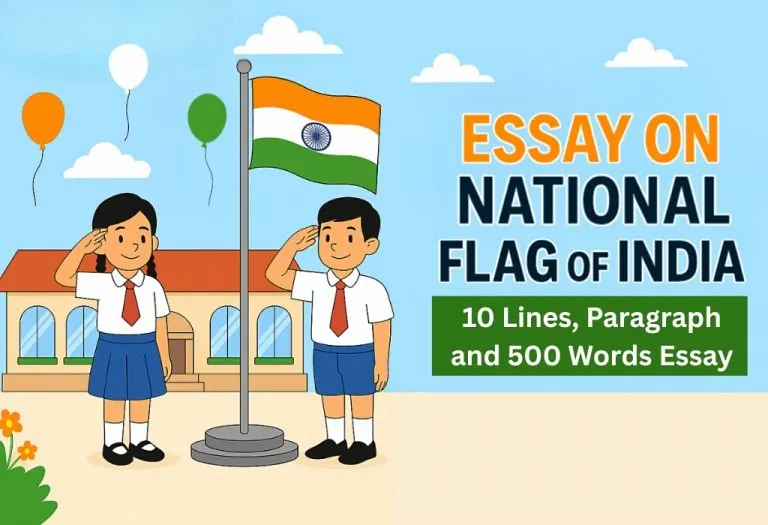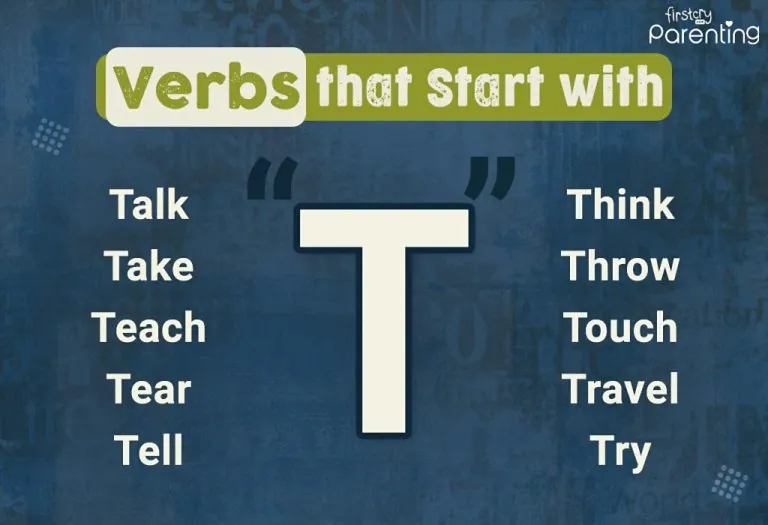Essay On National Flag of India – 10 Lines, Paragraph, 100, 200 & 500 Words
- 5 Lines on National Flag
- 10 Lines on National Flag
- Paragraph on National Flag
- Essay on National Flag in 100 Words
- Essay On National Flag Of India in 200 Words
- Essay About Our National Flag in 500 Words
- FAQs
The national flag of India is a symbol of pride and unity for every citizen. Preschoolers and kids often learn about this special flag in school by discovering its meaning and importance through simple stories and activities. This easy essay on national flag in English helps young learners connect with the inspiring story behind our flag.
Many schools encourage children to try activities like how to draw the Indian National Flag, making learning both fun and creative. For class 1, 2, and 3 students, we have included various types of essays, such as 5 lines, 10 lines, and essays of 100, 200, and 500 words, so they can understand the Indian Independence Day history and significance. Writing an essay on Indian flag helps students appreciate the sacrifices made for India’s freedom and the values the flag represents, including peace, courage, and unity.
5 Lines on National Flag
Here is a simple and easy five lines on our national flag that preschoolers and class 1 students can learn quickly. This Indian national flag essay for class 1 helps them understand the basic facts about the flag in a fun and clear way.
- The Indian national flag is called the Tricolor because it has three colors.
- The colors of the flag are saffron, white, and green.
- There is a navy blue Ashoka Chakra with 24 spokes in the center.
- The flag shows our country’s pride, freedom, and peace.
- We respect the flag and remember the sacrifices for our freedom.

Image Credit: AI-Generated Image
10 Lines on National Flag
Here is a short and simple introduction for young learners. This national flag essay for class 1 and 2 helps children understand the pride behind our flag. In these ten lines on Indian flag, students will learn important facts about the flag’s colors, symbols, and meaning.
- The Indian national flag is called the Tiranga (also known as the Tricolor) because it has three stripes.
- The saffron color stands for bravery and sacrifice.
- The white color shows truth and peace.
- The green color means growth and prosperity.
- In the middle of the flag is a navy blue Ashoka Chakra, inspired by the ancient Ashoka Pillar at Sarnath, with 24 spokes representing progress.
- The present flag was designed by Pingali Venkayya and was officially adopted on 22nd July 1947.
- On 15th August 1947, our flag was hoisted for the first time as India became independent.
- The flag is a symbol of unity for all Indians.
- The flag reminds us of our country’s rich history and culture.
- People show respect to the flag by standing quietly during the national anthem and saluting it on special occasions.
Paragraph on National Flag
Writing an Indian national flag essay for class 3 helps kids understand what makes our country’s flag so special and meaningful.
The Tiranga is more than just three colored stripes. Each color stands for something important: saffron represents courage, white stands for peace, and green means growth. In the center, the navy blue Ashoka Chakra with 24 spokes symbolizes progress and fairness. Designed by Pingali Venkayya and adopted in 1947, the Tiranga is raised high on national days and inspires every Indian to feel proud of our unity and freedom. This symbol unites people and teaches children about India’s spirit and hope for the future.
Essay on National Flag in 100 Words
These few lines on national flag of India help students quickly understand why the flag is a special symbol of the country’s pride and unity. Learning about the flag encourages respect and love for India.
The Indian flag, known as the Tiranga, consists of three colors—saffron, white, and green—each with its own meaning. Saffron stands for strength, white for peace, and green for prosperity. The navy blue Ashoka Chakra in the center, with 24 spokes, represents progress and righteousness. Designed by Pingali Venkayya, the flag was adopted in 1947. Every year on Independence Day, the Tiranga is hoisted to honor India’s freedom and inspire citizens. It is a proud symbol that brings people together and reminds them of their shared heritage and hopes for the future. It teaches us to be proud and work for our nation.
Essay On National Flag Of India in 200 Words
A paragraph on Indian flag helps children understand the deep meaning and significance of this important national symbol. Learning about the flag builds respect and pride in the core values and history of India.
The Indian national flag, also called the Tiranga, was officially adopted in July 1947, just before India gained independence. It has three horizontal stripes, each with its own meaning. The top saffron stripe symbolizes courage and sacrifice, the white middle stripe stands for peace and honesty, and the green bottom stripe represents growth and prosperity. In the center, the navy blue Ashoka Chakra with 24 spokes represents progress and the eternal cycle of life and law. The flag was designed by Pingali Venkayya, who combined these elements to capture the spirit of the nation.
An interesting fact about our flag is that it must be made from khadi, a hand-woven and hand-spun fabric. This material choice highlights India’s self-reliance and tribute to the freedom movement. On national holidays such as Independence Day and Republic Day, the Tiranga is proudly raised all over the country. It unites people, reminds us of the sacrifices of freedom fighters, and inspires us to uphold justice, unity, and pride in our nation. The flag is also a symbol of hope for the future and a reminder to all citizens to work together for India’s progress and peace.
Essay About Our National Flag in 500 Words
The national flag of India stands for our unity and freedom. It fills every Indian with pride and inspires respect for the nation.
History of the National Flag Of India
The Indian national flag has a remarkable journey that mirrors the story of our independence. Its design was first created by Pingali Venkayya in the early 1900s. Over time, many leaders shaped its look to represent India’s unity and diversity. Early versions of the flag carried different symbols and color patterns, but the three horizontal stripes we see today, along with the Ashoka Chakra at the center, became the final design. The flag was officially adopted on 22nd July 1947 by the Constituent Assembly, just days beforeIndia celebrated independence on 15th August 1947. The adoption of this flag marked a turning point in India’s history, signifying that India was ready to stand on its own among free nations. It serves as a tribute to all the freedom fighters who sacrificed for the country’s dream of liberty and shows how the nation’s story is woven into the flag’s fabric.
Significance of the Indian National Flag
The flag holds deep meaning for every Indian beyond its appearance. It embodies ideals of courage, unity, peace, and progress. People from different communities, languages, and backgrounds come together under this symbol, making it a true sign of national harmony. Displaying the flag at events, schools, and public places reminds everyone of the rights and responsibilities that come with freedom. It also encourages youth and adults alike to contribute to India’s progress with pride. The flag is unfurled on important days to honor past sacrifices and motivate people to serve their country.
Meaning Behind the Colors of the National Flag
Each color of the Indian flag tells a story inspired by the country’s values:
- Saffron at the top stands for courage, sacrifice, and the spirit of renunciation. It urges leaders and citizens to serve the nation selflessly and bravely.
- White in the middle represents peace, honesty, and fairness. It inspires us to maintain truth and harmony and respect diversity.
- Green at the bottom is a sign of growth, prosperity, and respect for the land’s rich natural resources. It also encourages care for the environment and hope for a bountiful future.
At the center of the white stripe sits the navy blue Ashoka Chakra with 24 spokes. Inspired by Emperor Ashoka’s pillar in Sarnath, it stands for continuous progress, the cycle of life, and adherence to justice. The Chakra highlights the idea that India must always keep moving forward and never remain stagnant.
Rules for Hoisting the National Flag
Showing respect to the national flag means following special rules set by the government:
- The flag must always be displayed in a clean and respectful way without touching the ground.
- It should be flown only from sunrise to sunset, unless properly illuminated at night.
- When placed alongside other flags, the Indian flag should be in the highest position and at the center.
- The flag must not be used for decorations on clothing, costumes, or any commercial products.
- Torn, faded, or damaged flags should be removed and destroyed respectfully, usually by burning.
- During any flag ceremony, everyone present should stand at attention and pay respect, especially during the national anthem.
These rules help ensure the flag remains a powerful and beloved symbol for all Indians, reminding us to fulfill our duty to protect and honor our nation.
FAQs
1. How can children celebrate Independence Day and learn about the Indian flag?
- Kids can write and share interesting Indian National Flag facts with friends and family.
- Enjoy Indian Flag coloring pages to have fun with the flag’s colors and patterns.
- Take part in Independence Day crafts and 15th August activities like making tri-color decorations.
- Learn and perform Indian patriotic songs for kids to celebrate the day together.
- Share Happy Independence Day quotes, wishes and messages with loved ones.
- Practice writing an Independence Day essay to express their feelings about national pride.
- Prepare and deliver an Independence Day speech for kids at school assemblies or at home, boosting public speaking skills.
2. Can the Indian national flag be displayed in digital formats or used in art projects by kids?
Yes, children can use the Indian flag’s image respectfully in digital projects, drawings, or school art as part of learning activities. Many celebrate by creating digital Indian Flag coloring pages or designing e-greetings and digital posters with Independence Day messages. However, it’s important not to alter the flag’s design or use it for any disrespectful purpose, following the Flag Code of India. This helps students blend creativity with learning about the nation’s values in a modern way.
The national flag reminds us of the strength and unity that bind our country together. It inspires us to uphold the values of respect, courage, and harmony in our daily lives.

Image Credit: AI-Generated Image
Also Read:
Essay On Veer Bal Diwas
Essay On Golden Temple
Essay on Importance of Family
Essay On My Favorite Personality
Was This Article Helpful?
Parenting is a huge responsibility, for you as a caregiver, but also for us as a parenting content platform. We understand that and take our responsibility of creating credible content seriously. FirstCry Parenting articles are written and published only after extensive research using factually sound references to deliver quality content that is accurate, validated by experts, and completely reliable. To understand how we go about creating content that is credible, read our editorial policy here.























